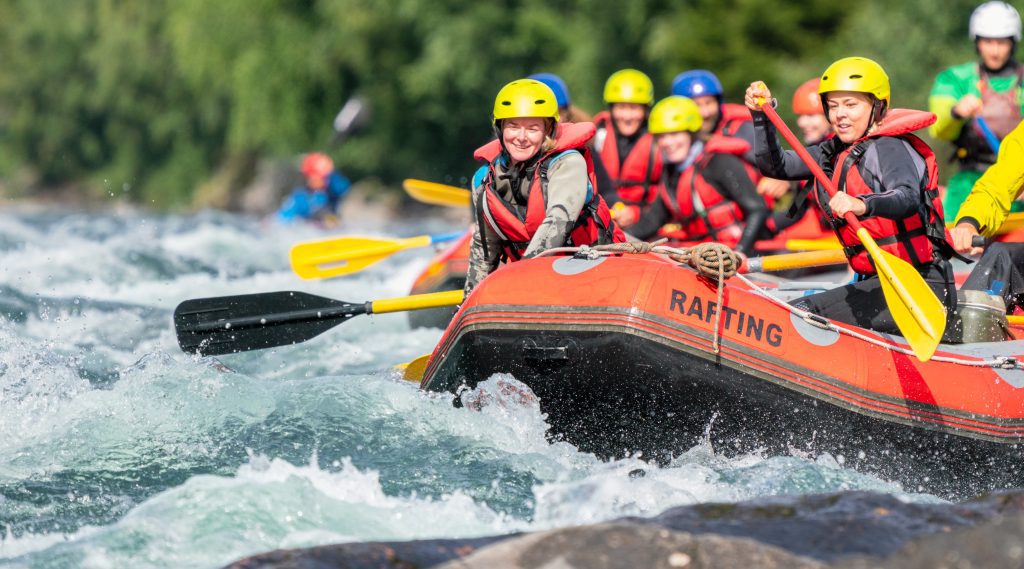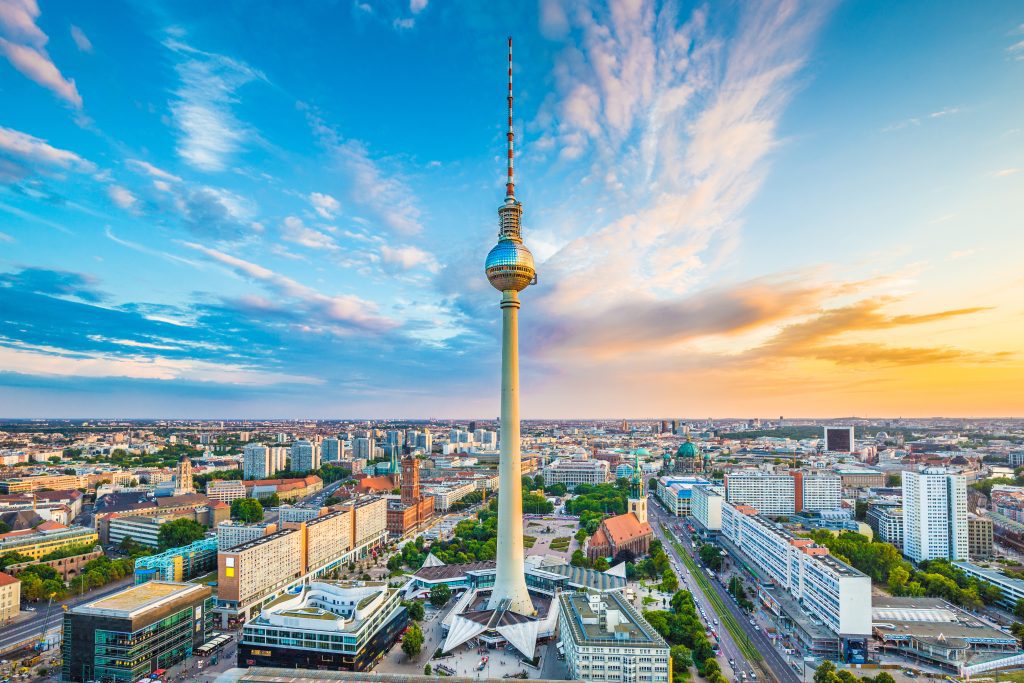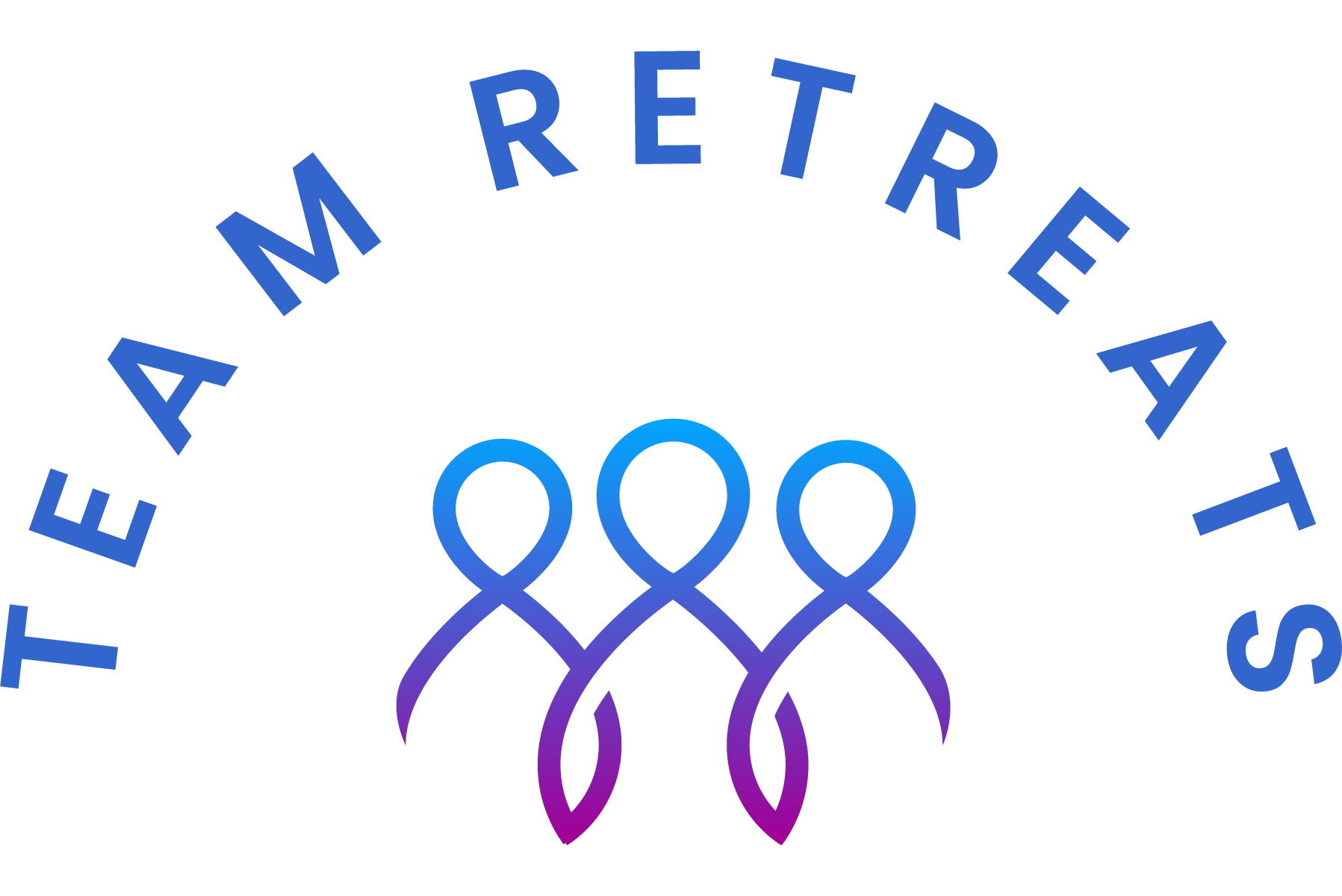Planning a successful team retreat that delivers lasting results requires careful consideration and strategic planning. Here are the key tips for your retreat planning to ensure your event is successful and has a lasting positive impact on business outcomes. Engage with these insights and get excited about the transformative possibilities for your team.


1. Define Goals
Clarify what you aim to achieve with the retreat. Whether it’s improving team communication, finding creative solutions to existing challenges, or simply strengthening team spirit—clear goals are the key to success. Involve your team in the planning process and set priorities. Limit your retreat goals to a maximum of three specific topics and conduct a status analysis before the retreat. This way, you have measurable values that you can review post-retreat and in the future. There are handy tools available that make it easy to conduct surveys and analyze the results.
2. Determine Participants
Decide who should attend the retreat. Participant selection should initially align with the retreat’s goals and agenda. Consider whether you want to include your entire team or organize separate retreats for different subgroups. For companies with large teams or a high number of employees, it has proven effective to have individual teams arrive first and then gather the entire company staff at one location at the climax.
3. Scheduling
Timing is also crucial. Take into account vacation periods, holidays and the general workload in your company. Also, research holidays in the destination area as well as local major events and celebrations that could affect availability and logistics. Often, the conditions in the destination area are overlooked, which can have significant effects, especially for larger teams.


4. Set your Budget
Decide how much you are willing to invest, keeping in mind the lasting impact of the retreat. Your investment in your team might only pay off after a few months. Therefore, plan your retreat activities for the long term, ideally scheduling at least 3-4 retreats over the next 12-18 months. A well-defined budget will aid in selecting the venue, activities and other necessary resources.
5. Choose the right Location
The location is central to the success of the retreat and should be determined first. Start by considering the travel logistics for the participants. We recommend choosing a location ideally no more than an hour’s drive from an airport. If travel is by train or bus, you should also pick strategically convenient destinations. Select a place that supports the retreat’s goals and fosters an environment conducive to creativity and collaboration. This could be a secluded cabin, a beach resort, or a specialized conference hotel in a vibrant city.



6. Plan your Agenda
Develop a detailed agenda for each day of your retreat, with a well-balanced schedule that includes both work sessions and relaxation times. Incorporate workshops, team-building activities, and free periods to allow for reflection and informal exchanges. Depending on the goals of your retreat, consider splitting your entire team into smaller groups for targeted group work. Your agenda should also specify responsibilities, any preparatory actions, and required materials.
GET IN TOUCH
Plan Your Team Retreat
in a 15-Minute Call
7. Seek Professional Assistance
Consider whether you should bring in external coaches who specialize in moderating group dynamics and conducting workshops tailored to your goals. Depending on the focus of your retreat and the issues that are most relevant to you, it might be wise to engage a trainer for specific challenges. Experience shows that it’s often very effective to have external experts deliver the content, especially when their expertise is in coaching specific topics.

8. Organize Logistics
Prepare thoroughly to ensure everything runs smoothly. Plan all the details like transportation, accommodations, meals, meeting spaces, and technical equipment well in advance. Ideally, start organizing these aspects six months before the event date. The more time you have, the better your options for accommodations and other arrangements, especially for large teams of 100 or more. If you have less than six months, be ready to face limited availability in hotels and venues.
9. Implement Feedback Mechanisms
Make sure you set up ways to evaluate the retreat to collect feedback that can be used to measure success and plan future events. In addition to tracking whether the retreat’s goals were met, as we discussed earlier, it’s wise to also gather details on aspects like accommodation, meeting rooms, meals, activities, and group size. This feedback will provide valuable insights for planning your next retreat.
10. Plan for Follow-Up
The impact of your retreat and the achievement of its goals depend on effective follow-up. Develop a plan for how the insights and renewed team spirit from the retreat can be integrated and sustained in everyday work life. Also, plan specific follow-up actions, meetings, and possibly workshops to reinforce the goals set during the retreat.


We hope we’ve provided you with helpful tools and wish you great success in planning your retreat. If you’re currently short on planning resources, we’re here to help. Contact us for a non-binding strategy discussion. Together, we’ll develop the perfect retreat for your team that not only inspires but also delivers measurable results. Take the first step towards a dynamic and engaged team – we look forward to supporting you.



